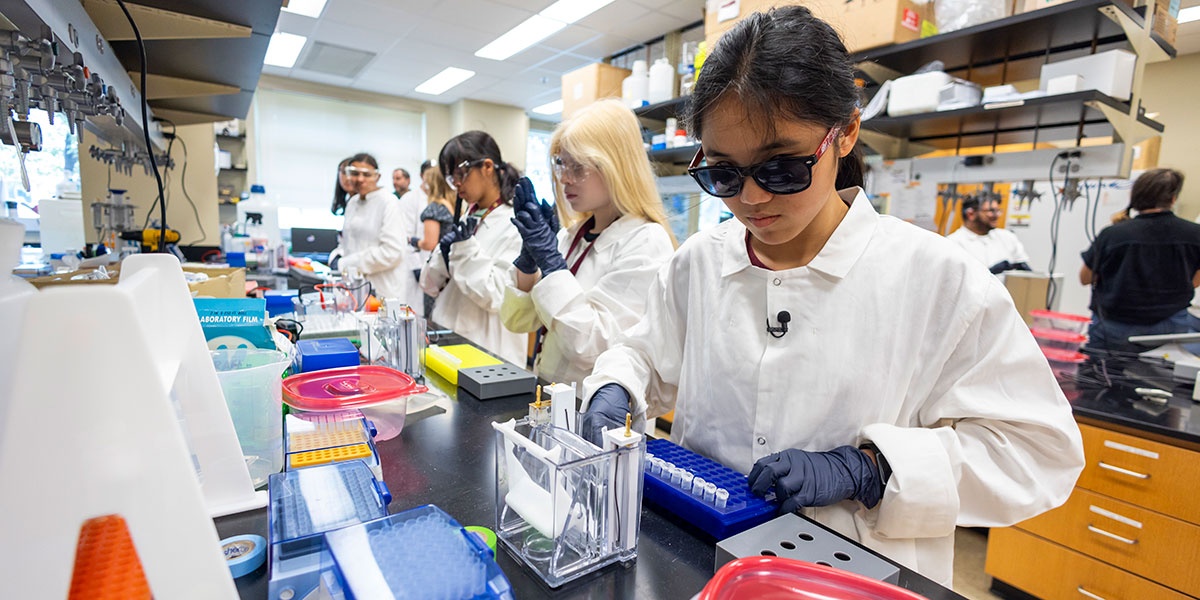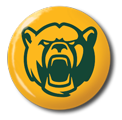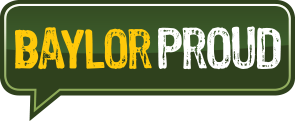Baylor prof’s lab making science accessible for the blind & visually impaired

Dr. Mona Minkara, a bioengineering professor at Northeastern University in Boston, was in Waco last week — a long way from the campus she calls home.
The reason for her trip? To join Baylor Chemistry’s Dr. Bryan Shaw in his lab, demonstrating to students from the Texas School for the Blind and Visually Impaired (TSBVI) what she longed to hear at their age.
“I’ve been blind since I was a kid, and all I wanted to do was be a scientist,” Minkara says. “And all I heard was that I couldn’t be a scientist. So, to get to the point where we’re training the next generation to have the option to choose science? I can’t even describe to you in words how that hits me.”
Last week, 10 TSBVI students took part in a two-day event in Shaw’s lab called “In Your Element.” Shaw, a professor of chemistry and biochemistry at Baylor, has dedicated much of his research to opening the lab to students with blindness. Last year, he earned a major grant to develop approaches that make science labs accessible to students with blindness.
Some of Shaw’s approaches are high-tech, using advanced robotics to help measure, pour and conduct precise experiments. TSBVI students utilized a number of common lab techniques without the equipment, and then with it — and their delighted reactions to being able to conduct chemistry research told the story. TSBVI students also enjoyed experiences with microscopy, protein purification and other tasks they could conduct as a college student. But in Shaw’s lab, they found a setting designed with them in mind.
“We could not make a model that would ever come close to the actual experience that they’re able to gather here in this program, with the mentors from Baylor,” says Neely Kulhanek, a teaching assistant at TSBVI. “It’s just the actual hands-on experience and further application later. I think as a culture, our attitude toward people with disabilities has grown so much, and Baylor is ahead of the game — a forefront type of program to be an example for others.”
For Shaw, creating experiences like this in both the short and long term is important. His son, Noah, was diagnosed as an infant with retinoblastoma, an aggressive pediatric eye cancer, and is now thriving as a teenager despite losing an eye.
“When I think about my son and talk to other parents of children with disabilities, what they’ll be doing in their 30s and 40s depends on what we’re doing for them now,” Shaw says. “And most scientists are just too busy to really even care. At Baylor, it’s not that way, and that’s nice. There’s an ethos here.”
This year’s visit marked the second year in a row that TSBVI students visited Baylor, and it won’t be the last. Shaw continues to build on his past work to create further resources to open science to students with blindness, and TSBVI students will continue to be among the first to experience it for themselves.
Sic ’em, TSBVI students and Dr. Shaw!

